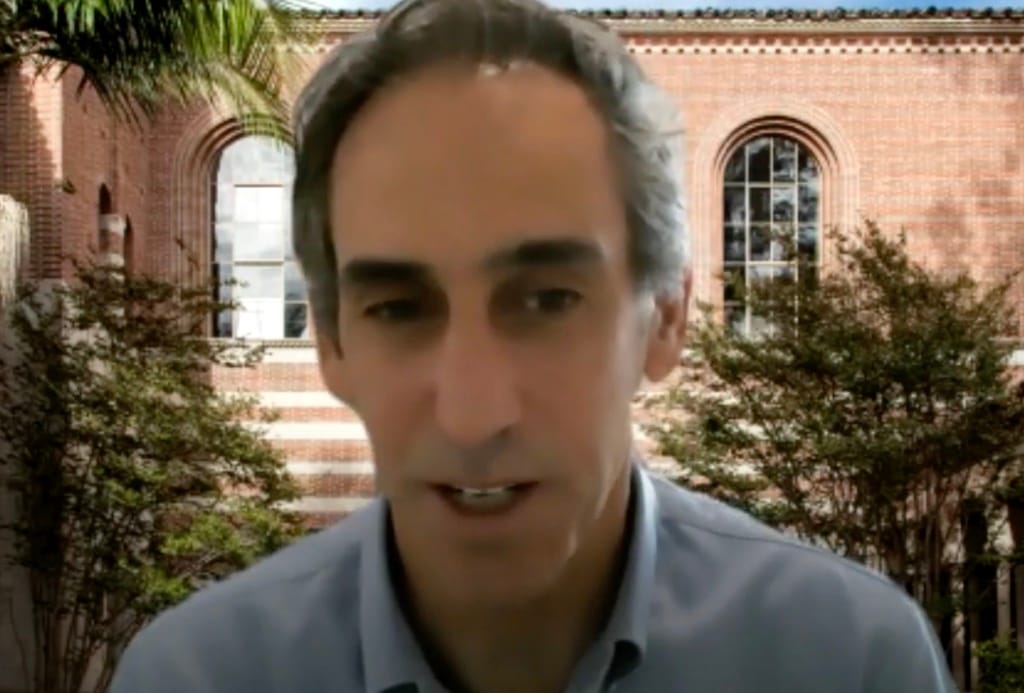Low-income Californians Cite Cost as Significant Barrier, Experts Mourn Loss of ACP
Without action by Congress, the Affordable Connectivity Program is likely to run out of funds by April 2024.
Corey Walker

January 19, 2024— Low-income households in California cite cost as a significant barrier to broadband, and are less likely to have internet access, a statewide digital equity survey revealed.
Released Thursday, the survey is a collaboration between the California Department of Technology and the non-profit California Emerging Technology Fund.
It is expected to inform the state’s digital equity plan under the Broadband Equity, Access and Deployment program, the groups said.
Eighty-five percent of respondents making $40,000 or less per year reported having broadband access at home, compared to nearly 100% of respondents making more than $100,000 per year. The survey found that a majority of low-income people see broadband access as too expensive, with 61% of respondents pointing to cost as the most important reason they avoid the service.
Low-income households pay less for broadband than the average Californian, forking over $69.40 per month compared to the state average of $83.60.
The price difference may be attributed to lower-income households selecting lower-tier broadband services, according to panelists participating in a conference call about the survey. Despite paying lower prices, 70% of low-income households pay more than the FCC-recommended threshold of 2% household income.
Reactions from speakers
Hernan Galperin, professor of communications at the USC Annenberg School of Journalism, said that the government has not been proactive enough in helping low-income households connect to broadband. Galperin lamented that 61% of low-income households have not heard of the FCC’s Affordable Connectivity Program — a program that would provide income-qualifying households with a $30 discount on broadband service.
Created in 2021 as part of the Infrastructure Investment and Jobs Act, the Affordable Connectivity Fund has provided a supplement for low-income individuals. He also complained that – because of lack of continued funding – the program is set to end. Galperin said that not extending ACP would exacerbate broadband inequality.
Galperin also pointed out that low-income households have suffered a dramatic decline in device accessibility.
Sixty-two percent of low-income households with students from kindergarten through 12th grade report having device access for individuals in 2023, compared to 98% in 2021. Galperin argued that pandemic-era support programs from schools have started to expire, resulting in a sharp drop in device adoption by low-income households. He suggested that perhaps similar programs be created in the future to spur broadband adoption by low-income households.
Differential rates of access by ethnic group
Among other findings, the survey revealed that Latino households in California are significantly less likely to have broadband access than other ethnic groups.
According to the survey, 12.2% of Latinos do not have broadband internet access at home, compared to 3.5% of Asians and 3% of whites. Galperin suggested that this gap may be attributed to average income differences between racial groups. Furthermore, older Californians are less likely to have broadband access with 9.2% of those over 60 reporting no access to wireless internet, compared to 5% of respondents between the ages of 30 and 39.
The state’s digital equity plan aims to eradicate barriers to broadband service and improve broadband access disparities for traditionally disadvantaged groups. The survey was conducted via telephone and included 1,650 households in the main sample, with a 3% margin of error.










Member discussion